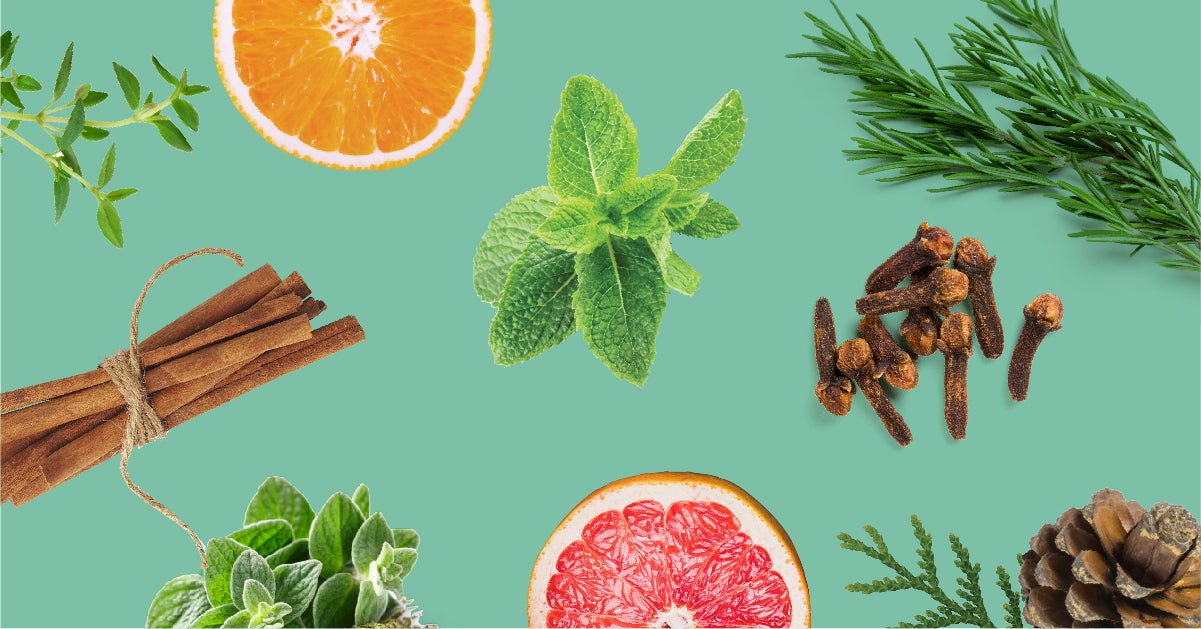How Do I Use Essential Oils Safely?

Traditionally, certain essential oil application methods have been preferred or used exclusively. However, as the research surrounding essential oils continues to develop, a greater understanding of application methods is now understood. All application methods are safe when used appropriately, including aromatic, topical, and internal methods. One or multiple application methods can be used for a wide range of emotional and physical wellness applications. They can be used a single oil at a time or in complex blends in one of three methods: Topical Topical application is a very effective method for applying essential oils*. Because essential oils have low molecular weights and are lipid soluble, they easily penetrate the skin. Once absorbed, they stay in the applied area for a localized benefit.
Although essential oils are readily absorbed, there are many ways to increase absorption. Using a light massage will increase the blood flow to the area of application, in turn improving distribution throughout the body. Use of a carrier oil can also increase absorption, especially in skin that is dry or flaky as it helps moisturize the skin and slow evaporation of the oil. To decrease the likelihood of developing a skin sensitivity, especially on young or sensitive skin, it is advisable to use a carrier oil (such as Fractionated Coconut Oil) to dilute more potent oils and when trying an oil for the first time. The recommend dilution ratio is typically one drop of essential oil to three drops of carrier oil.
It’s always advisable to use several small doses throughout the day rather than a single large dose. Start with the lowest possible dose (1–2 drops). A topical dose can be repeated every 4–6 hours as needed. Because every individual is unique, the dose will vary for each individual based on size, age, and overall health status.
Beneficial Areas You Can Apply Essential Oils
Neck
Forehead and temples
Chest and abdomen
Arms, legs, bottom of feet
Other Effective Methods of Topical Application
Add a few drops of oil to a warm bath
Make a hot or cold compress by soaking a towel or cloth in water, adding essential oils, and then applying to the desired area
Add oil to a lotion or moisturizer and then apply to skin
Sensitive Areas to be Avoided:
Some facial areas, such as the skin around the eyes
Eyes and inner ears
Broken, damaged, or otherwise injured skin
Internal Certain essential oils have a rich culinary history and can be used as dietary supplements supporting a variety of healthy conditions*. When you sprinkle cinnamon on your oatmeal, sip a mug of peppermint tea, or add fresh basil leaves to your spaghetti, you are actually consuming some volatile aromatic essential oil compounds.
Essential oil contributes many health benefits as well as flavouring and aroma properties to foods. When in their concentrated form, essential oils can be used as dietary supplements for health benefits. Internal use is a safe and effective method of application because of the sophisticated physiologic processes of our bodies.
When ingested, essential oils directly enter the blood stream via the gastrointestinal tract, where they are transported throughout the rest of the body. Essential oils are lipid soluble so they are readily transported to all organs of the body, including the brain. Then, like all things we consume, essential oils are metabolized by the liver and other organs and are then excreted.
The composition of essential oils is highly complex. Each constituent possesses a unique set of biochemical properties that react with cells and organs in different ways. Although these mechanisms of action are not completely understood, the positive end results have been demonstrated. However, the body is only equipped to handle appropriate doses of essential oils.
Proper dosing according to labelling recommendations and other professional guidelines should be strictly followed to avoid toxicity.
Effective Methods of Internal Application
Use oils in recipes for cooking or baking to replace fresh or dried herbs and spices
Remember that essential oils are much more potent than dried or fresh herbs and spices, so start with a very small amount
For more potent oils, it may be better to administer them by toothpicks (dip the end of a clean toothpick into the oil and then add to the food) rather than drops
Add essential oils to water, smoothies, milk, tea, or other drinks
Take essential oils internally in a veggie capsule or add to a small amount of applesauce or yogurt
*For all application methods, be sure to read and follow the labels for specific instructions and safety information.
source doterra.com/GB/en_GB/using-essential-oils





If you would like these books pls go to our shop
purchase in our shop